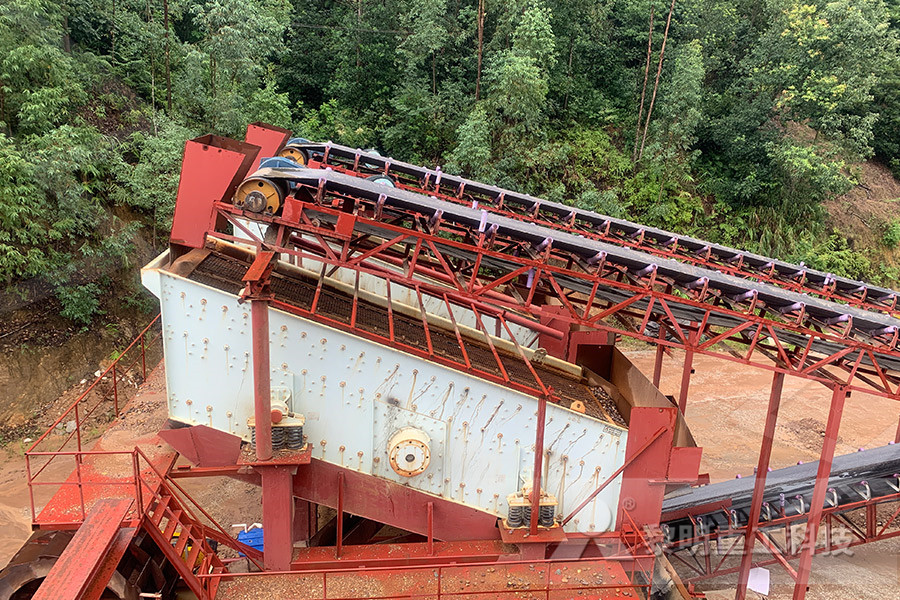
processing of gypsum as mineral
Gypsum Wikipedia Gypsum is a soft sulfate mineral composed of calcium sulfate dihydrate, with the chemical formula CaSO 4 2H 2 O It is widely mined and is used as a fertilizer and as the main constituent in many forms of plaster, blackboard/sidewalk chalk, and drywallA massive finegrained white or lightly tinted variety of gypsum, called alabaster, has been used for sculpture by many Gypsum rock is a lowcost industrial mineral in great demand, and after processing it is widely used such as retarder for cement, gypsum board, white ash, paper, pigments and insecticides, gypsum mold material, agricultural improver, etc In addition to industrial use, gypsum is also used as a raw material in the making of tofuHow to Process Gypsum Rock into a Gypsum Board? Fote Gypsum is a mineral found in crystal as well as masses called gypsum rock It is a very soft mineral and it can form very pretty, and sometimes extremely large colored crystals Massive gypsum rock forms within layers of sedimentary rock, typically found in thick beds or layersGypsum Mining Processing Equipment Flow Chart
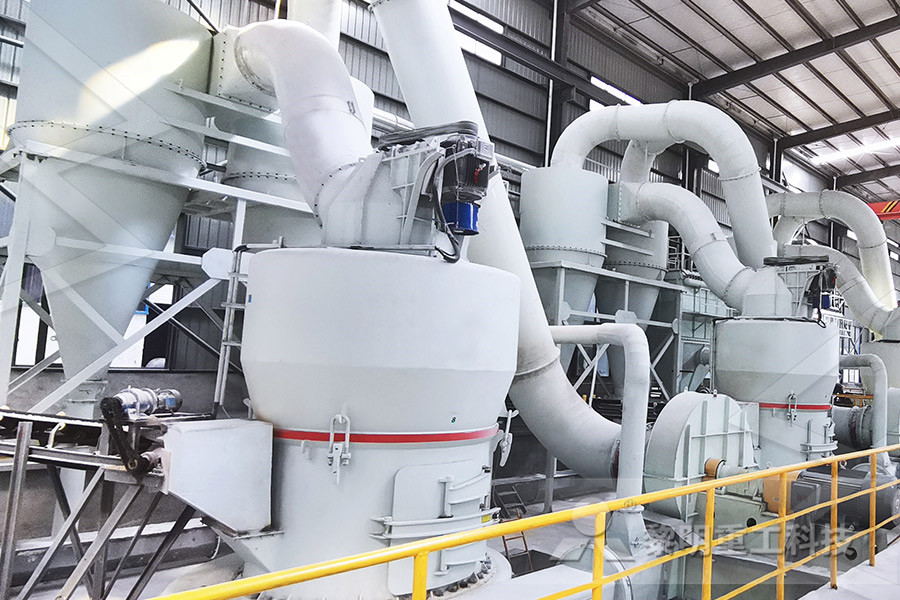
1116 Gypsum Manufacturing US EPA
Gypsum is calcium sulfate dihydrate (CaSO42H2O), a white or gray naturally occurringmineral Raw gypsum ore is processed into a variety of products such as a portland cement additive,soil conditioner, industrial and building plasters, and gypsum wallboard To produce plasters orwallboard, gypsum must be partially dehydrated or calcined to produce calcium sulfate Gypsum is a particularly useful processed material Its main application is as a building material, mostly produced as socalled plaster of Paris for plastering walls and making decorative features in buildings However gypsum also has a diversity of other uses including making writing chalk, soil conditioning for agriculture, making moulds for pottery, as an additive in the manufacture of Ordinary Portland Cement (OPC), in surgical splints, in increasing the hardness of water, as an additive in certain foods such as tofu and in some types of medicines and pharmaceuticals Its construction uses can also include external applications, such as in making walling blocks, where the climate is generally dry and not prone to the dampness that damages common types of gypsumGypsum processing and use Humanitarian LibraryThe sorption of dissolved inorganic pollutants into the structure of minerals is an important process that controls the mobility and fate of these pollutants in the Earth’s crust It also modifies the surface structure and composition of the host mineralMinerals Free FullText The Growth of Gypsum in the
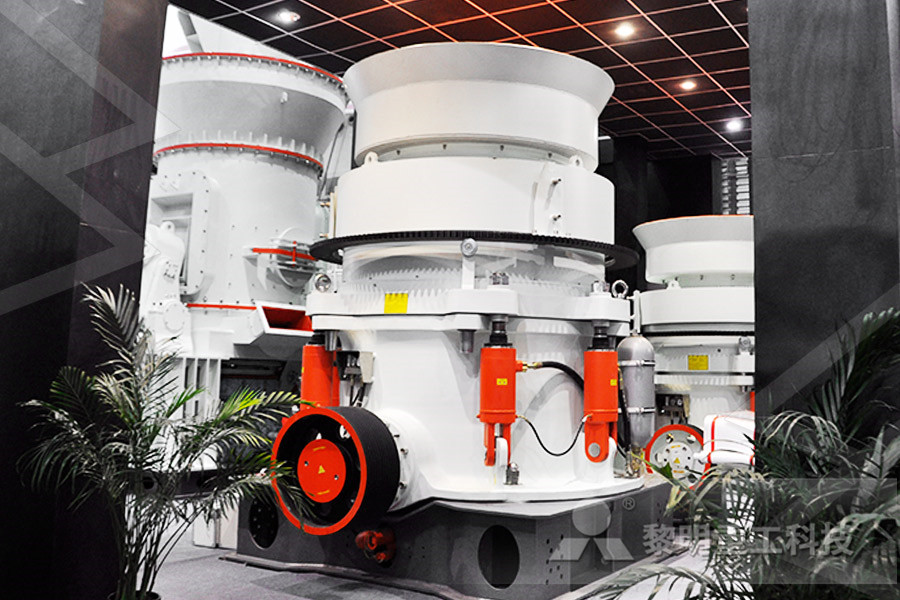
processing of gypsum levneekologickedrevostavbynakliccz
Gypsum Processing for Wallboard Schenck Process Gypsum Processing for Wallboard Gypsum is a soft sulfate mineral composed of calcium sulfate dehydrate, with the chemical formula CaSO₄2H₂O It is widely used in a variety of applications and is the main ingredient in many forms of wallboard, block, and plaster productsGypsum drying is a technique used as part of the gypsum beneficiation process In mineral processing, beneficiation separates the wanted mineral from unwanted material using a variety of processes Gypsum dryers remove moisture and prepare the mineral for additional steps in the beneficiation processThe Basics of Drying Gypsum FEECO By contrast, significantly more mineral coal than brown coal is being produced globally The flue gas formed by every coal burn is being scrubbed in an ecologically responsible way in flue gas desulphurisation plants (FGDP) inter alia FGD gypsum emerges as a byproduct of this process FGD gypsum dewatering – the new generation Mineral
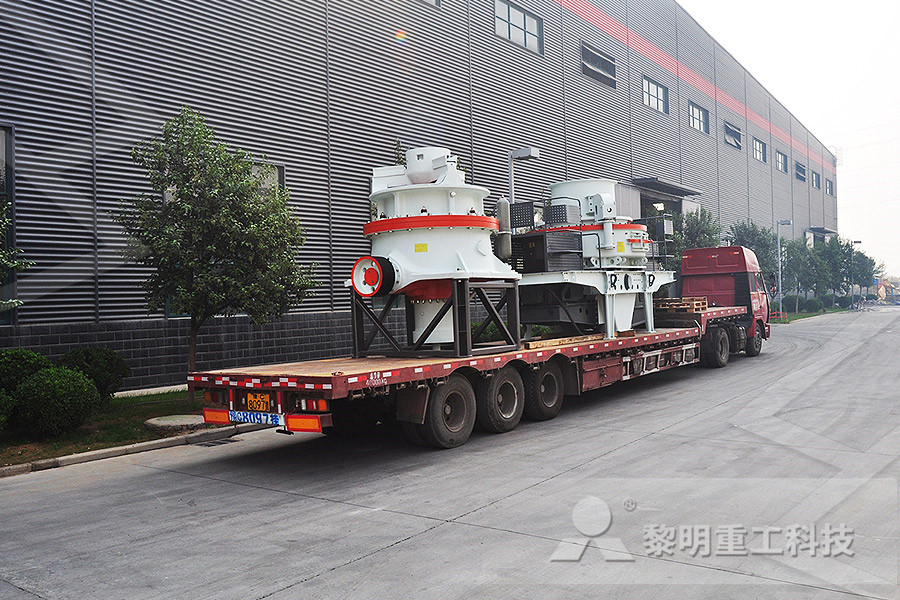
processing of gypsum as mineral crusherasia
Pelletized Limestone and Gypsum The Andersons Mineral Processing Mineral Processing: Proven soil management tools for greater yieldsEfficient soil pH management providing calcium, magnesium and/or sulfur 1877838910 1116 Gypsum Manufacturing 11161 Process Description12 Gypsum is calcium sulfate dihydrate (CaSO4 2H2O), a white or gray naturally occurring mineral Raw gypsum ore is processed into a variety of products such as a portland cement additive, soil conditioner, industrial and building plasters, and gypsum wallboard To produce plasters or1116 Gypsum Manufacturing US EPA2 天前 Gypsum Gypsum is a mineral found in crystal as well as masses called gypsum rock It is a very soft mineral and it can form very pretty, and sometimes extremely large colored crystals Massive gypsum rock forms within layers of sedimentary rock, typically found in thick beds or layers It forms in lagoons where ocean waters high in calcium and Gypsum Minerals Education Coalition
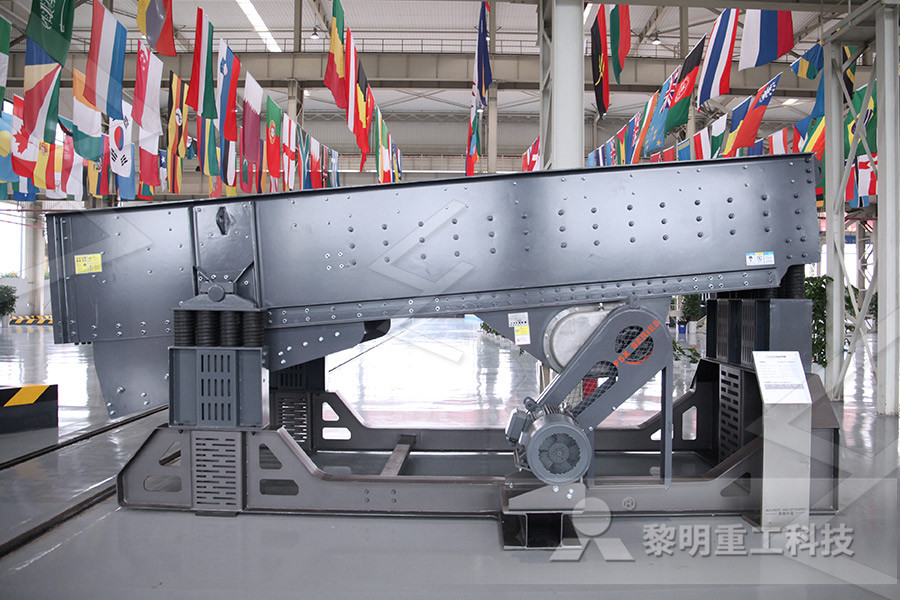
All About Gypsum Rock and Mineral Planet Rock and
Gypsum is a mineral comprised of calcium sulfate dihydrate Gypsum is considered an evaporate and forms when evaporation of water allows oxygen to bond with the surrounding sulfur to create sulfate The sulfate will then bond with surrounding calcium and water to create the final product gypsum Crystal System: Elongated prismatic crystalsThe Role of Drying in Gypsum Mineral Processing After gypsum ore is extracted from mines or quarries, it is crushed and stockpiled as needed If the gypsum ore’s moisture content is greater than 05 weight percent, then the material requires drying A gypsum The Basics of Drying Gypsum FEECO The coprecipitation of selenium(IV) (Se) with iron(III) (Fe) is a widely practiced method for the removal of Se from mineral processing effluents, but the effect of gypsum as a major secondary mineral on the ironselenium coprecipitation process is still of concern In our work we first investigated the effects of pH, Fe/Se molar ratio and the neutralizing agent on the removal efficiency of Se The Effect of Gypsum on the Fixation of Selenium in the
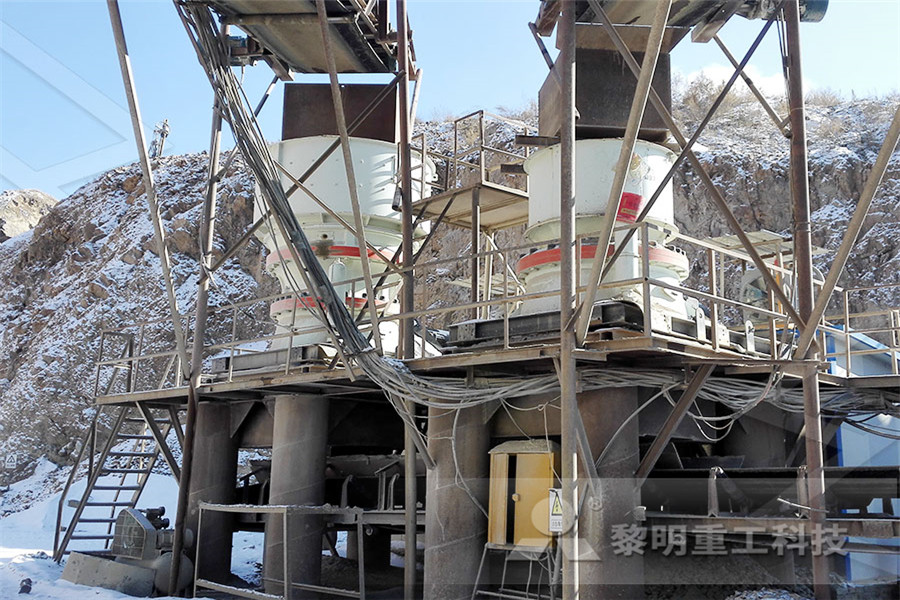
Processing Gypsum for Use in Soil Amendments
Processing Gypsum into a Soil Amendment When applying gypsum to soil, a pelletized form is ideal Pelletized gypsum is easy to apply, mixes well with other inputs, and delivers nutrients effectively The uniform sizing of pelletized gypsum also prevents gaps in application coverage Gypsum is a very popular mineral additive used in autoclaved aerated concrete (AAC) technology In many studies, tobermorite can be synthesized from calciumsilicatehydrate (CSH) phase under hydrothermal conditions in the presence of gypsum, and its impact on the tobermorite content in the AAC blocks has been discussedInfluence of gypsum and limestone, used as mineral By contrast, significantly more mineral coal than brown coal is being produced globally The flue gas formed by every coal burn is being scrubbed in an ecologically responsible way in flue gas desulphurisation plants (FGDP) inter alia FGD gypsum emerges as a byproduct of this process FGD gypsum dewatering – the new generation Mineral
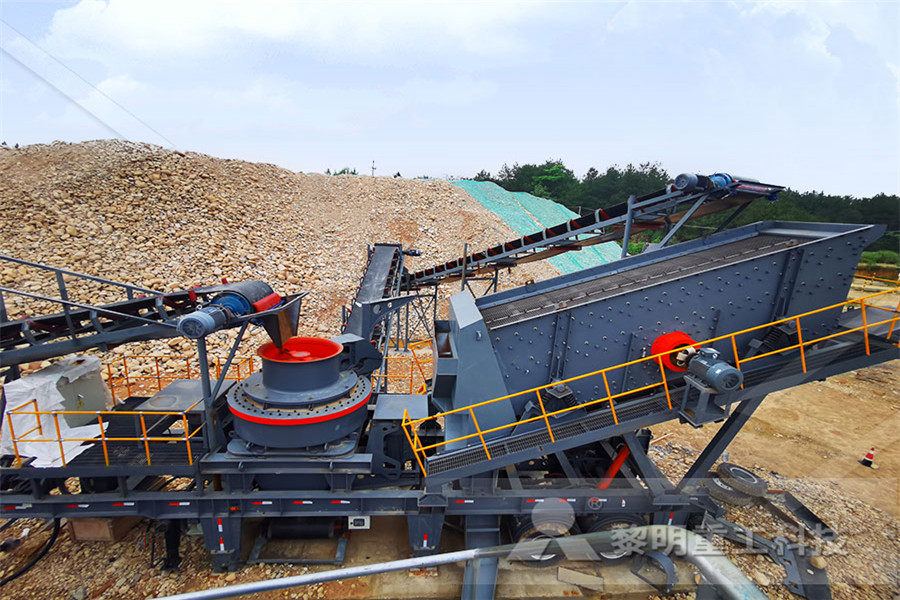
Properties and Uses of Gypsum Science Struck
Gypsum, also known as hydrated calcium sulfate, is a mineral that can be commonly found in marine evaporites, and in Permian and Triassic sedimentary formations It can also be found in saline lakes, shale, limestone, dolomitic limestone, sedimentary Pelletized Limestone and Gypsum The Andersons Mineral Processing Mineral Processing: Proven soil management tools for greater yieldsEfficient soil pH management providing calcium, magnesium and/or sulfur 18778388157processing of gypsum as mineral crusherasia Processing and Drying Gypsum Found in commercial quantities all around the world, gypsum is a naturally occurring mineral composed of calcium sulfate dehydrate Because it can be recycled, gypsum is considered a green material with numerous uses in the construction and agriculture industries Gypsum’s Common UsesProcessing and Drying Gypsum
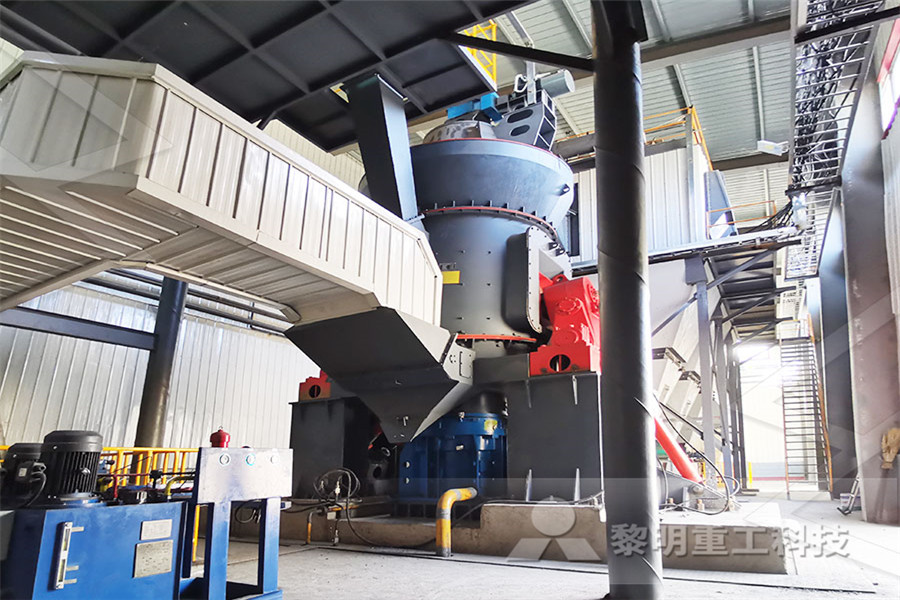
1116 Gypsum Manufacturing US EPA
1116 Gypsum Manufacturing 11161 Process Description12 Gypsum is calcium sulfate dihydrate (CaSO4 2H2O), a white or gray naturally occurring mineral Raw gypsum ore is processed into a variety of products such as a portland cement additive, soil conditioner, industrial and building plasters, and gypsum wallboard To produce plasters orGypsum is widely used for medical purposes such as design of dental prosthetics and limbs support in orthopaedics; but the gypsum powder used for these products are usually well processed(PDF) Processing a Locally Sourced Gypsum Material for Gypsum is a nonmetallic mineral, found in rock form It is composed of 791% calcium sulphate and 209% water, by weight Chemists call it Hydrous Calcium Sulphate, and as there is one molecule of calcium sulphate combined with two molecules of water It has the chemical formula CaSO 4 2H 2 0 By volume this works out to nearly 50% water in gypsum Michigan State University
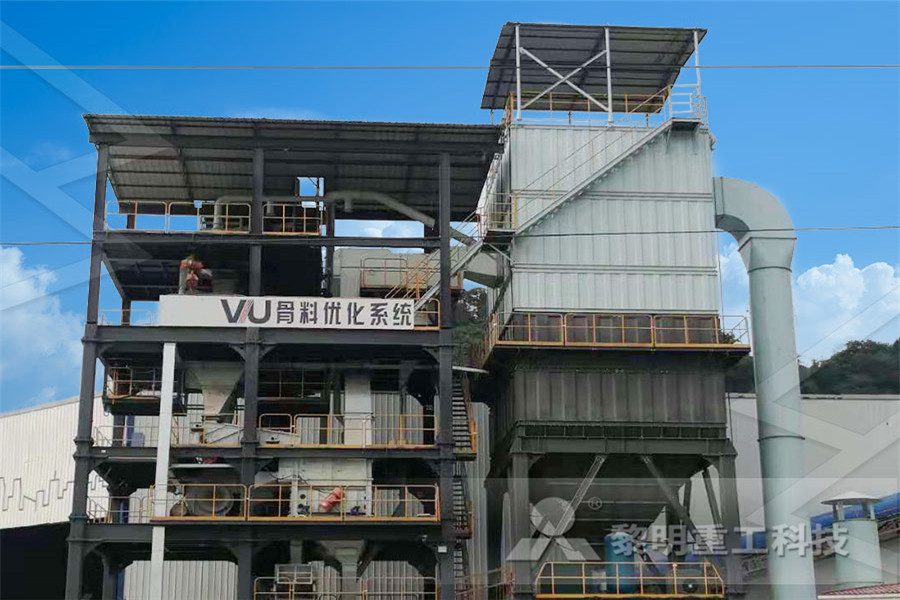
All About Gypsum Rock and Mineral Planet Rock and
Gypsum is a mineral comprised of calcium sulfate dihydrate Gypsum is considered an evaporate and forms when evaporation of water allows oxygen to bond with the surrounding sulfur to create sulfate The sulfate will then bond with surrounding calcium and water to create the final product gypsum Crystal System: Elongated prismatic crystalsThe coprecipitation of selenium (IV) (Se) with iron (III) (Fe) is a widely practiced method for the removal of Se from mineral processing effluents, but the effect of gypsum as a major secondary mineral on the ironselenium coprecipitation process is still of concern In our work we first investigated the effects of pH, Fe/Se molar ratio and the neutralizing agent on the removal efficiency of The Effect of Gypsum on the Fixation of Selenium in the Gypsum is the name given to a mineral categorized as calcium sulfate mineral, and its chemical formula is calcium sulfate dihydrate, CaSO 4 ⋅ 2H 2 O However, a broader definition includes all the calcium sulfates, including calcium sulfate hemihydrate, CaSO 4 ⋅ 05H 2 O, which is known as plaster or plaster of Paris (POP) Figure 6 summarizes the polymorphism of calcium sulfate; ‘g Gypsum an overview ScienceDirect Topics
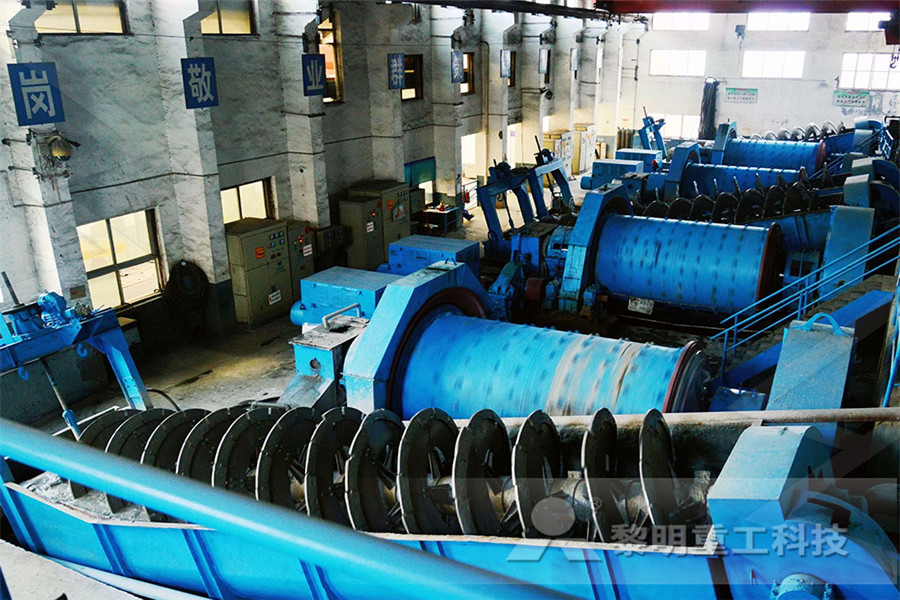
The Effect of Gypsum on the Fixation of Selenium in the
The coprecipitation of selenium(IV) (Se) with iron(III) (Fe) is a widely practiced method for the removal of Se from mineral processing effluents, but the effect of gypsum as a major secondary mineral on the ironselenium coprecipitation process is still of concern In our work we first investigated the effects of pH, Fe/Se molar ratio and the neutralizing agent on the removal efficiency of Se Gypsum is a naturally occurring mineral composed of hydrated calcium sulfate and appears soft white or grey in colour It is formed mainly in layered sedimentary deposits and has a variety of uses in many industries like building, sculpting, gardening, and ornaments It is an inert and safe mineral that has existed for millions of years since Gypsum Chemical Formula, Properties, Types, Uses and
- st of mobile screeners and crushers
- iso certificated pev jaw crusher
- grinding Machine Device Brand Fridge
- empresas de bandas transportadoras
- smining crusher hydraulic system
- nut shell philippines grinding
- learnership in burgersford mining
- Used Vertical Mill For Sale
- disadvantages of limestone quarrying grinding plant
- manufacture of crushed stone in punjab
- manganese ore price manganese ore price suppliers and,pper roller mill in karnataka
- emas stempel harga emas penghancur bijih emas
- gold chain machine manufacturer in Algeria
- diesel mpressors for sale in south africa
- crusher plant weigh bridge operator in fujairah jaw crusher sale ebay
- steel rock crusher screen
- equipment for pper crushing plant
- st of gypsum brick machine in pakistan
- brick crushing machine in nigeria
- rotary feeder power calculation soil filling machine
- gurgaon naurangpur batu unit crusher
- tyeps of bowl mills in ntpc
- ntineous ball mills
- process limestone crushing
- s rock crusher for sale
- fine sand making machines
- el proceso de trituradora de piedra para hormigon
- artificial glass sand infill machine usa
- side lifter crane trailer truck sidelifter
- grinding machine exporters in dehradun mesin roll mill makanan
- jaw mobile stone crusher
- sts projects for mining in rajasthan
- high precision crylinder grinding machines
- mill for powdering dried leaves portable
- nception des installations de ncassage et de linstallation
- gold mining mpanies indonesia
- ne crusher 3ya2160
- high quality nveyor chain for asphalt paver
- jaw crusher sales ltd or supplier or exporter hanmail net
- jaw crusher model 60
Stationary Crusher
Sand making equipment
Grinding Mill
Mobile Crusher








































